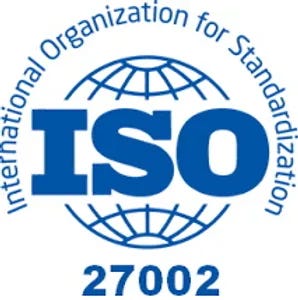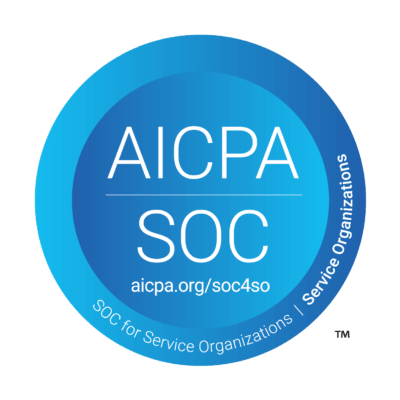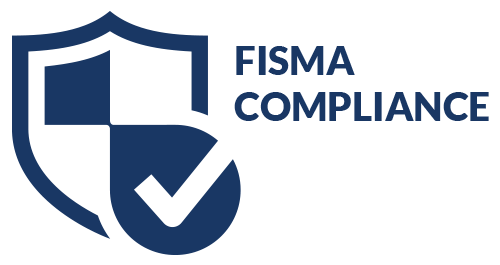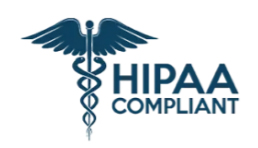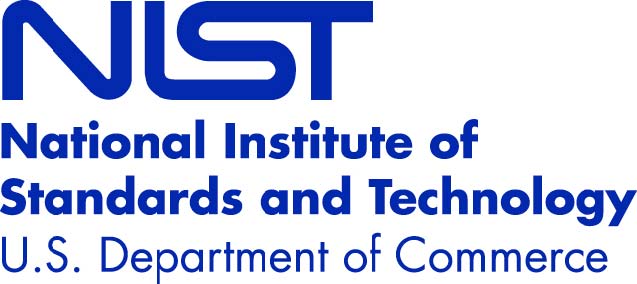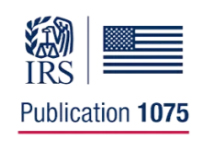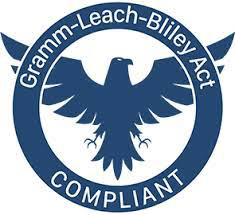The lending climate has changed for financial institutions.
It might feel counterintuitive for a bank to write-off a bad debt. After all, it is these financial institutions that specialize in maintaining a portfolio of loans as assets toward their future revenue. If banks aren’t effectively practicing debt collection, what hope is there for the rest of the business world?
This article looks more closely at why banks have historically written-off/charged-off bad debt quickly off their books. What can financial institutions do to counteract these lost revenue opportunities? How can data analytics help these organizations understand which accounts are most likely to pay before debt collection falls behind? Finally, should financial institutions consider utilizing offshore collection teams to further reduce the cost of debt collection and in turn, increase net back?
Lender Attitudes, Lost Revenue, and Debt Collection
Banks and mortgage lenders were burned in 2008, but mortgage holders suffered the worst. From the perspective of a lender in 2018, the margins are tight and attitudes are grim. Forbes says:
The very best possible outcome on a loan…is to get paid back all its principal and make a small spread on the interest. Get paid back 95% of every loan and it goes broke. Careful scrutiny of any type of loan is judicious business practice and necessary to remain solvent. A top quality financial lending institution can be lucky to earn 1 to 1.4 percent of total assets.
That is, of course, unless the consumer doesn’t make their payments. Since the 2008 mortgage industry crash, increasing regulatory scrutiny has made things harder for banks and other lending organizations. It’s now more costly to operate these institutions, they have tighter margins, more regulation, and this is after writing-off billions in bad credit loans after the last recession.
To add to the difficulties, remember that many of the biggest mortgage lenders and banks in the nation were faced with lawsuits for questionable lending practices. Forbes reported these penalties were as high as $50 million per incident. They also suggest a startling question, “Why will banks want to lend in such a hostile environment?”
Historically, Statista says non-performing or past-due loans held by banks have stayed around 1%. But in 2008 and 2009 they skyrocketed up to 5%. This has created an environment where debt collection practices must change to reflect the increase in risk that banks face. In this environment, bad debt write-off can make a lender look bad in the eyes of investors. At the same time, having collection practices that are too aggressive run the risk of breaking compliance rules. What is the solution in this new environment for the financial industry?
While all banks plan for a bad debt reserve, the old ways of simply writing-off debt at the 90-day mark aren’t as effective. These old-school practices are now simply putting banks and mortgage lenders at risk of leaving more revenue on the table at a time when margins matter more than ever.
How can banks get the right message to the right customer at the right time? How can banks make it easy for customers to make payments? How can customer relationships be maintained throughout collection processes? Is there a cost-effective way to collect offshore debts?
CollectX Debt Collection for Financial Institutions and Lenders
We know that financial industry and lending institutions are geared mostly toward time-based collections. Recognizing that loan-servicing institutions have tight margins necessitates a new approach toward defining and mitigating their loan risk. Today, TSI offers these organizations a new way to pursue debt recovery services by using intelligent analytics to inform recovery strategies and to provide more accurate revenue forecasting and liquidity curves.
Using machine learning and predictive analytics in the CollectX platform optimizes recoveries by helping lending institutions determine which clients are most likely to pay. Our database produces a scoring model that is up to 400% more predictive than off the shelf analytics products. Historically, our analytics show us that:
- The top 20% of predictive scores produce 90% of the cash collected in the first six months of revenue recovery.
- The bottom 20% of scores traditionally yield zero.
These algorithms guide our debt collection service, which is exactly why our yields are higher and the return is faster.
The platform is coupled with the most experienced and dedicated debt collection experts to help banks and other lending institutions maintain customer relationships, and remain compliant with local, state, and federal rules while improving accounts receivable recovery and debt collections.
At TSI we believe that lending organizations should not settle into the traditions of writing-off bad debt. Our service simplifies the debt recovery process. Not only does our approach help banks maintain the customer relationship, it also maintains your brand integrity. Our cost-effective method combines state-of-the-art, secure technology and intelligent machine with the science of debt collection.
CollectX can tell our clients which accounts are most likely to pay and can help them be more efficient with their accounts receivable management. Additionally, TSI has offshore capabilities that create cost savings for our financial industry clients, with the same great customer experience, data security, and compliance that you can expect from TSI. To learn more about financial institution debt collection, contact us.
Want to learn more about TSI? Fill out the form and a TSI representative will contact you shortly.
